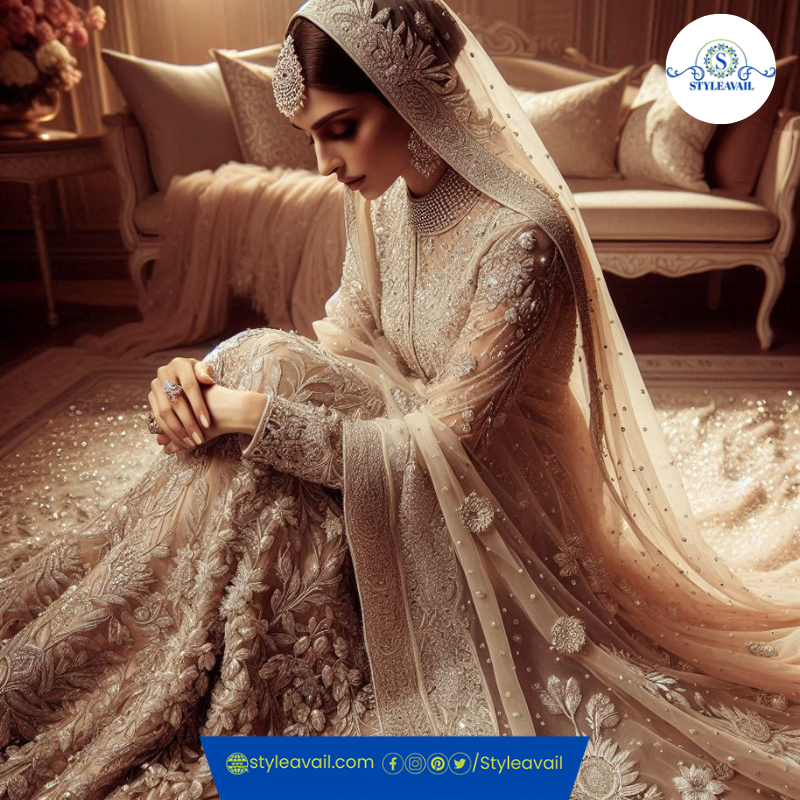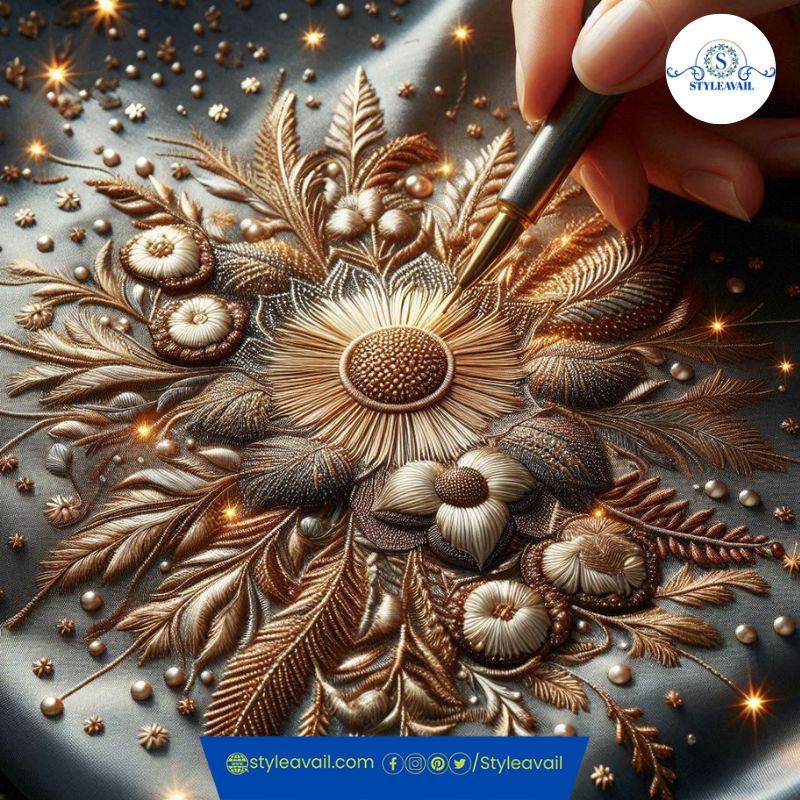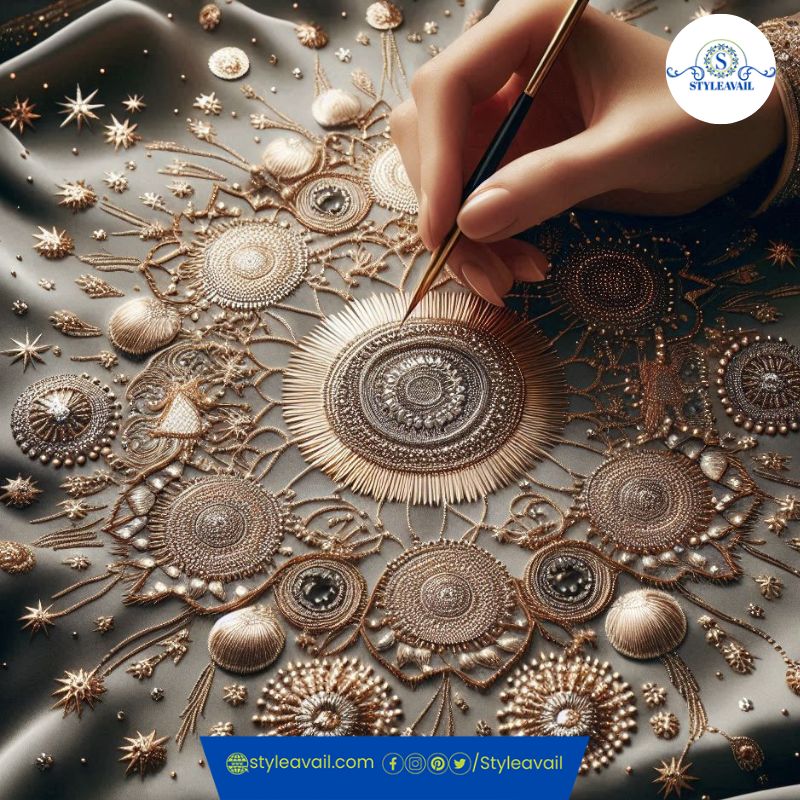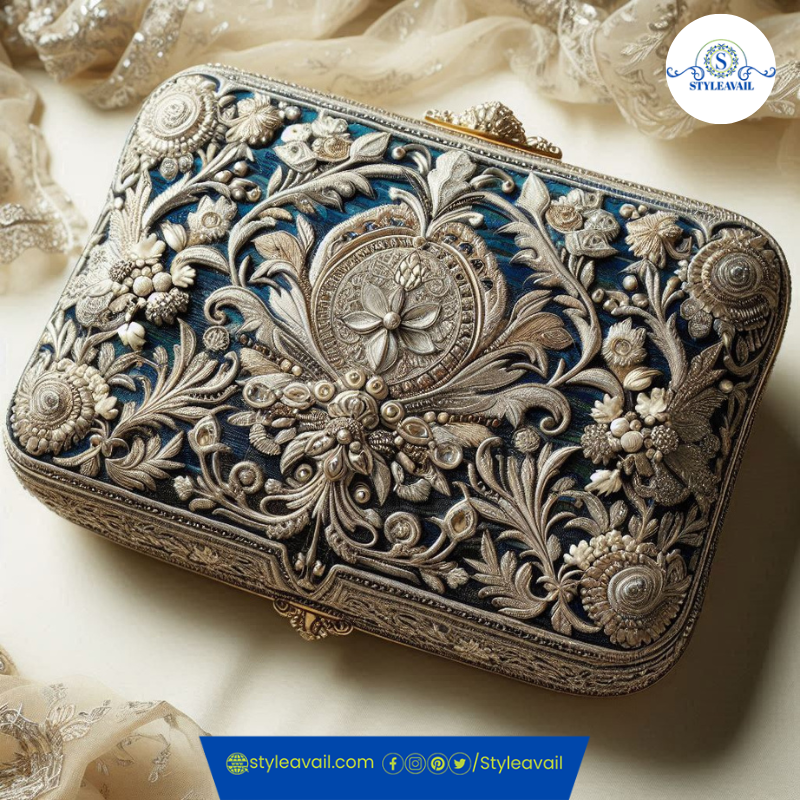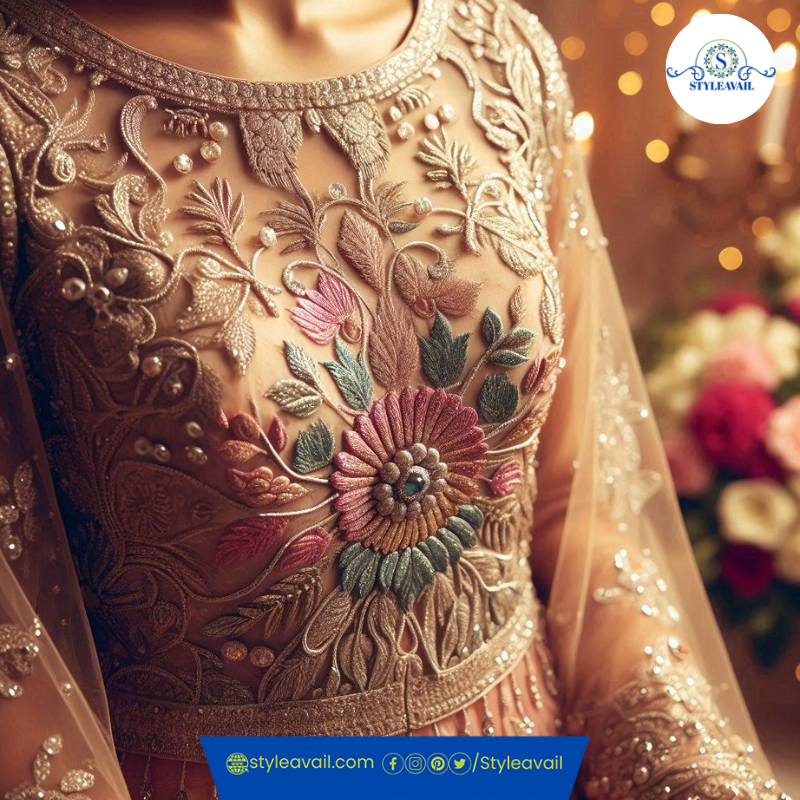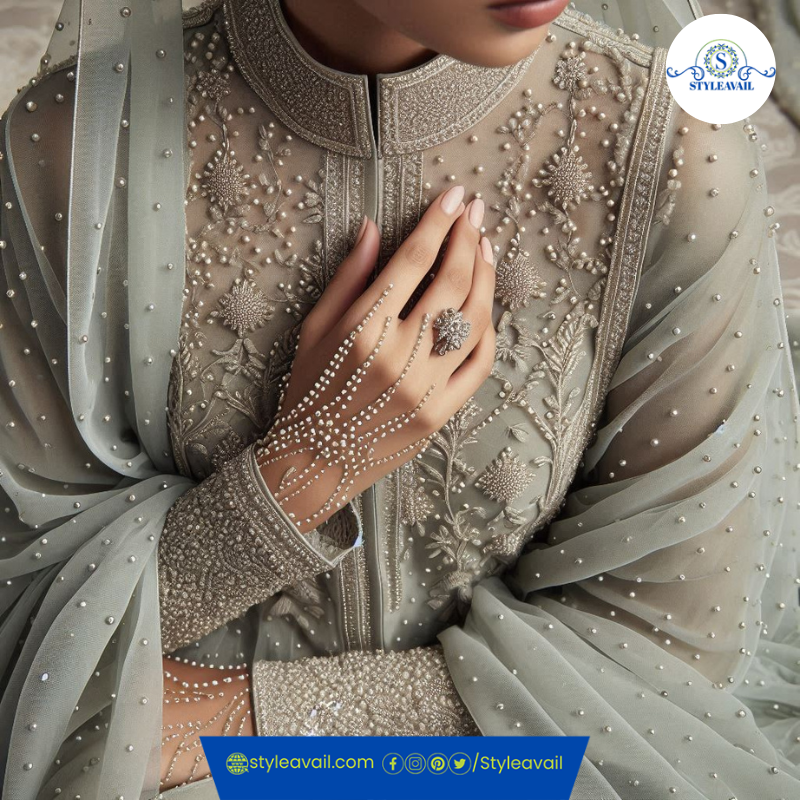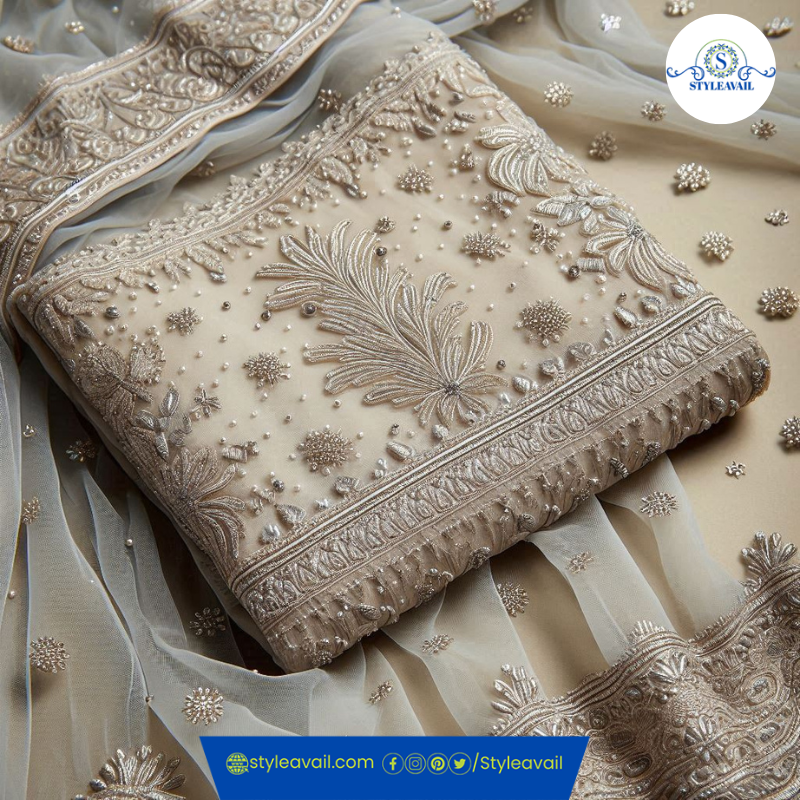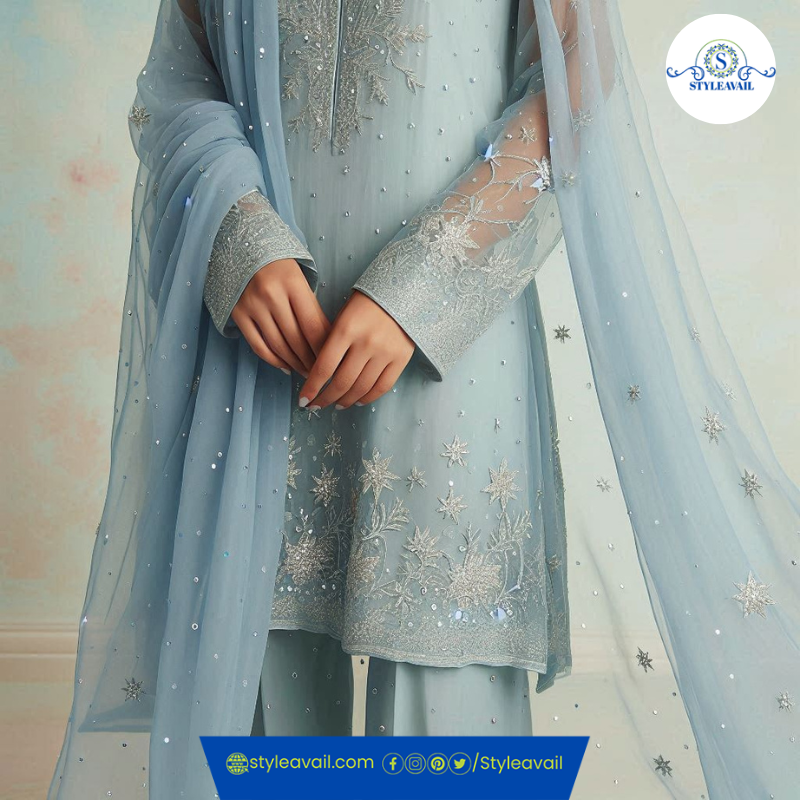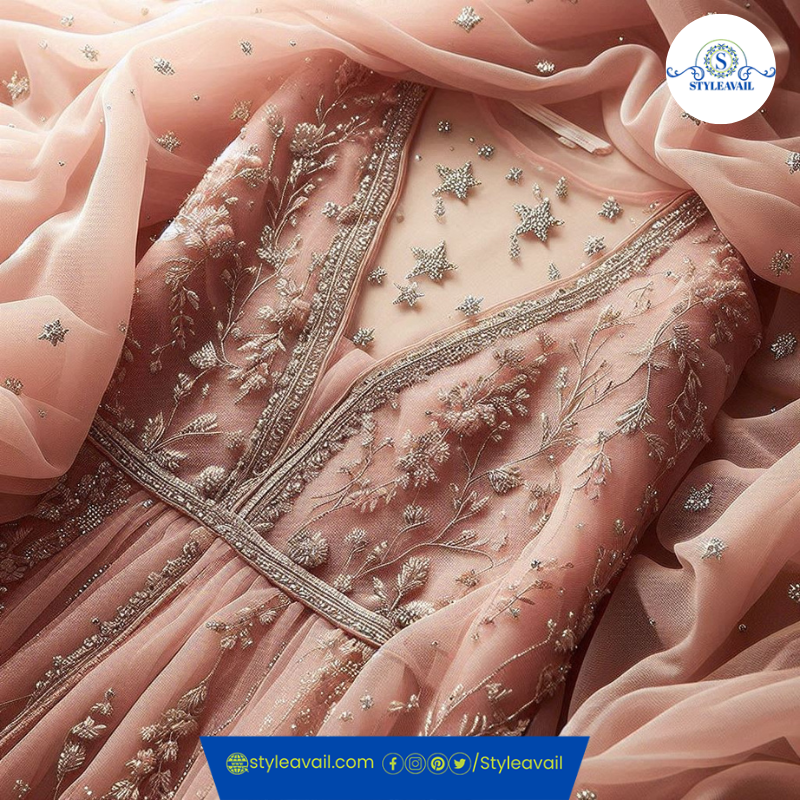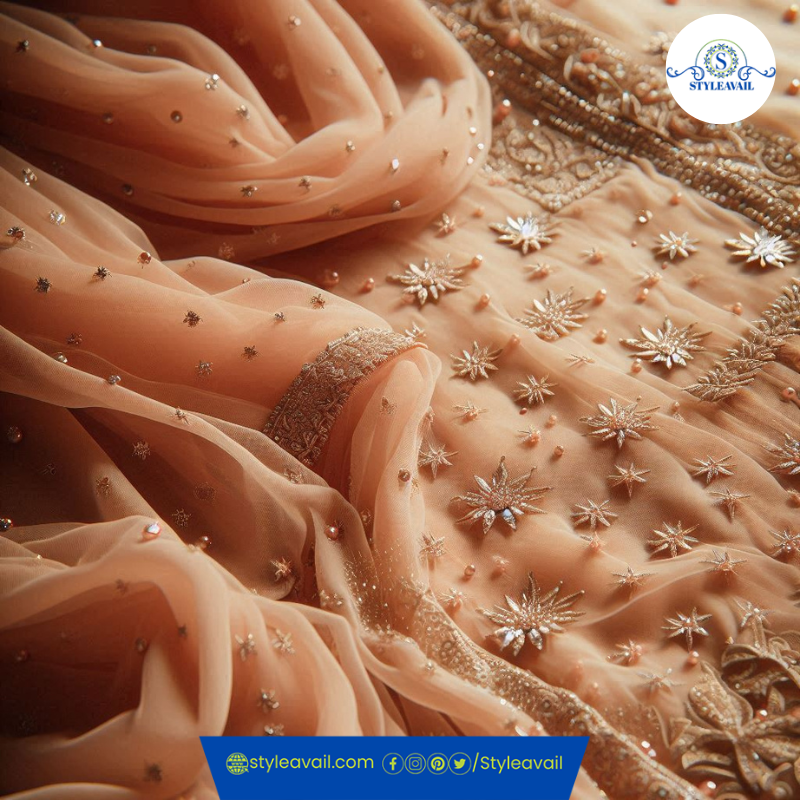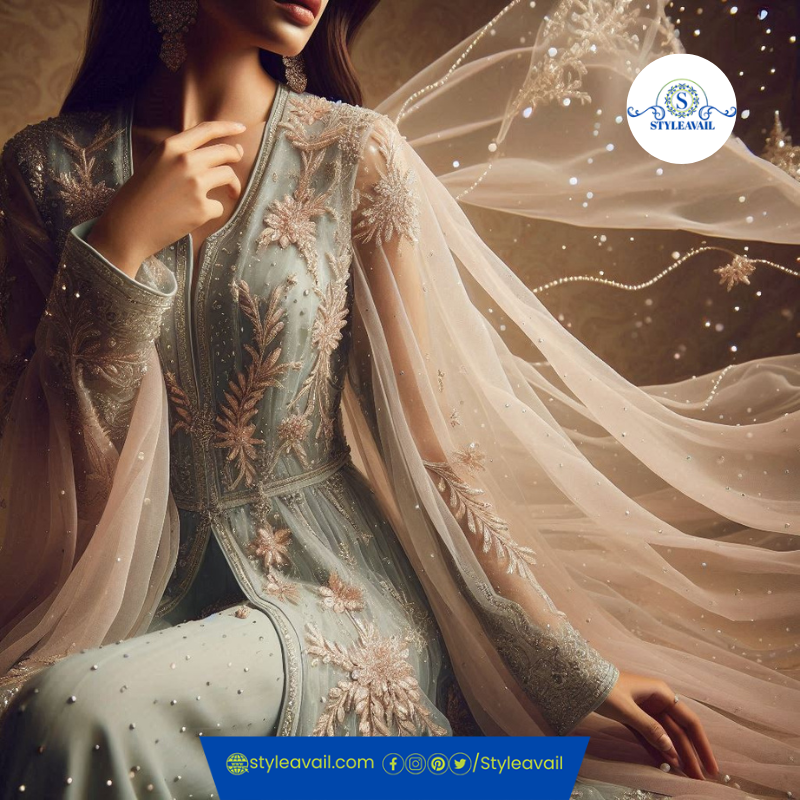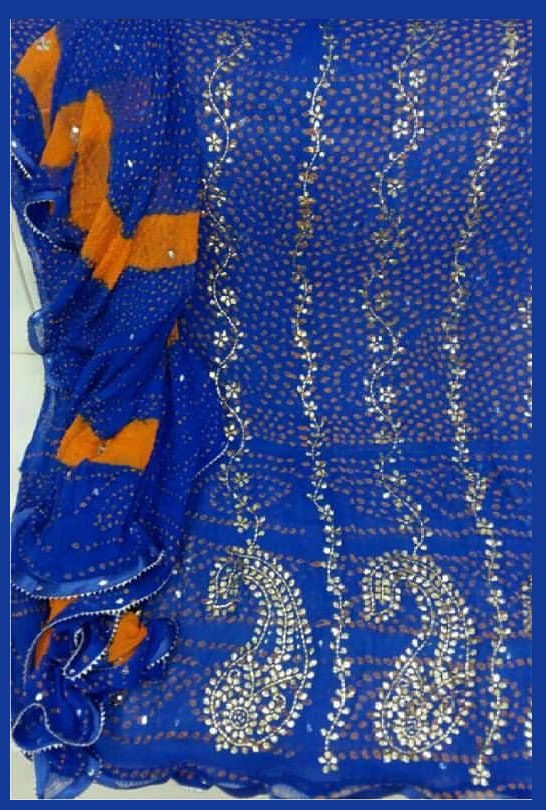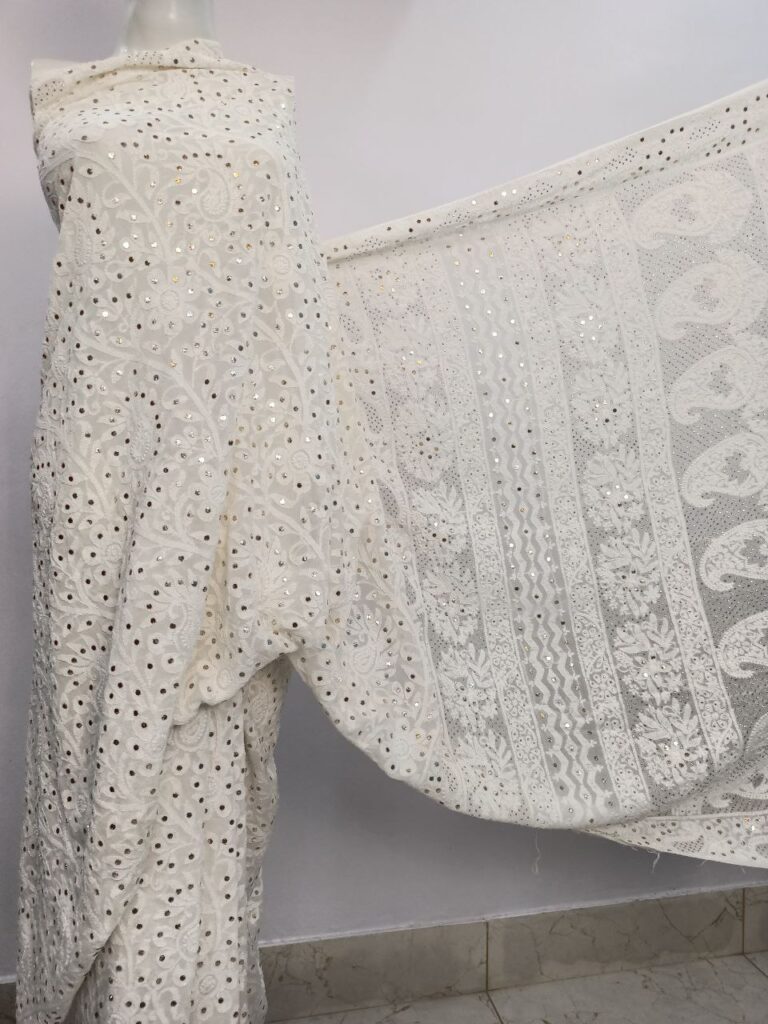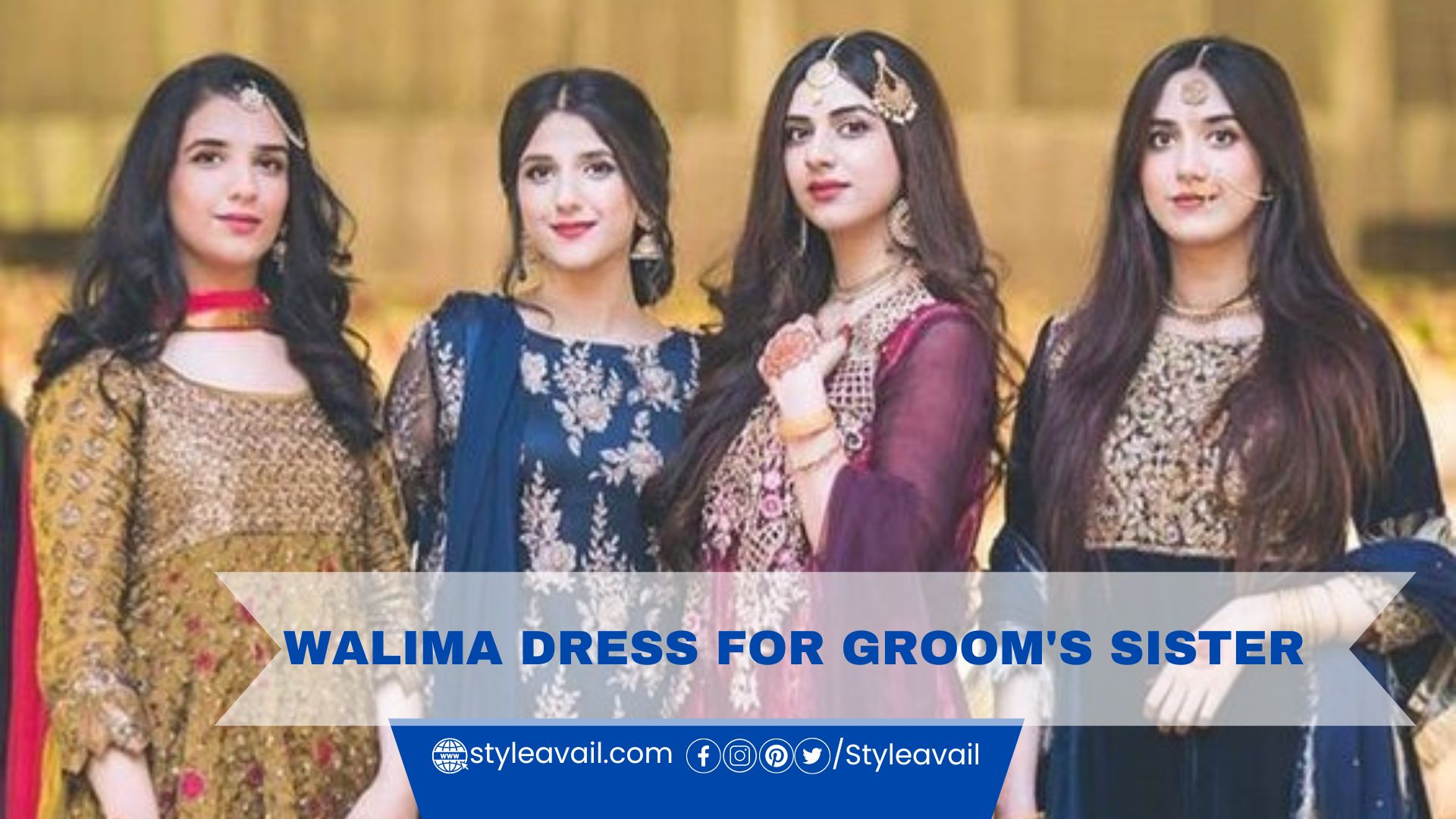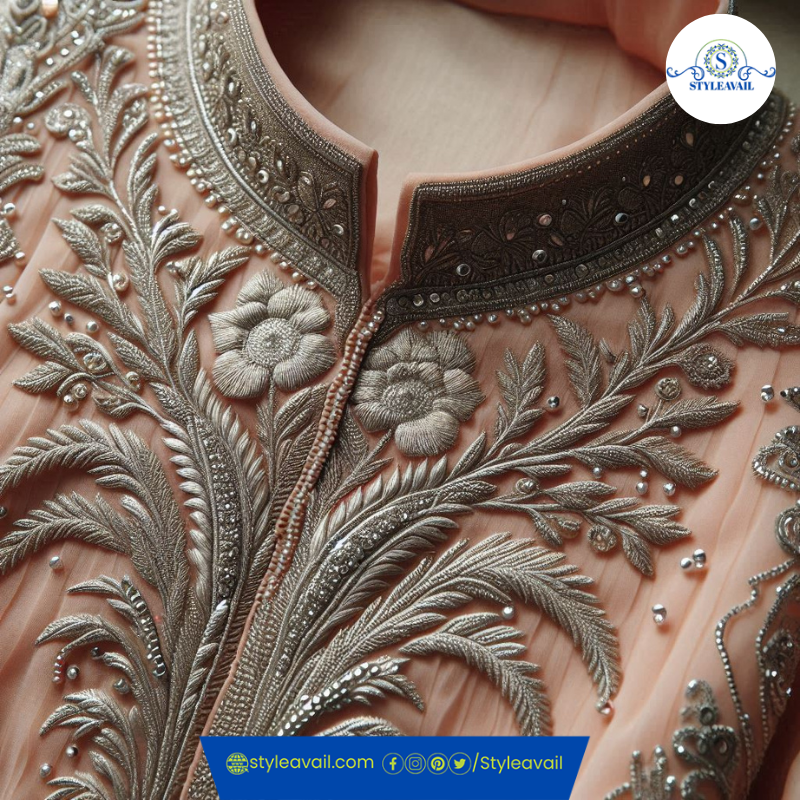In Pakistan’s world of weddings and festive celebrations, Mukesh suits in Pakistan have long ruled hearts with their timeless elegance. But what’s trending now is even more exciting Mukesh Work on Pakistani Wedding Cards and Invitations. This beautiful fusion of tradition and creativity is making waves among young engaged girls, teenagers, brides-to-be, and their mothers. Whether you’re planning a bridal shower, birthday bash, or looking forward to Eid festivals, this trend is not to be missed. It’s not just a design. it’s an emotion, and it’s spreading fast across Pakistan. mukesh-dresses-in-pakistan
Just like handcrafted Mukesh suits, these cards radiate royalty, bringing a personalized touch to every invite. Let’s dive into why this trend is taking over every girl’s wedding prep checklist.
1. The Magic of Metallic Threads
Mukesh Work on Pakistani Wedding Cards and Invitations replicates the sparkle of real silver and gold threads found in traditional chikankari and zardozi. Just like you cherish the shine on your Mukesh dupatta, this art brings a glittery glow to your invites too.
2. A Personal Connection
When your invitation has Mukesh detailing, it reflects a touch of your heritage the same way a Mukesh suit in Pakistan does. Brides now want their invites to match their bridal lehenga or engagement frock, making the theme more aesthetic and cohesive. That’s why Mukesh Work on Pakistani Wedding Cards and Invitations is becoming the top choice for modern brides who want every detail to sparkle with tradition and personal style.

3. Inspired by Bridal Fashion Trends
Pakistani designers are now syncing Mukesh suits in Pakistan with invitation styles. Think matching your mehndi outfit with your wedding card theme what a vibe. This trend is becoming a must-have for modern girls who love coordinated aesthetics.
4. An Evergreen Style Statement
Just like Mukesh dresses in Pakistan never go out of fashion, these wedding cards are designed to stay relevant through generations. It’s not just a trend. it’s a timeless tradition that ties in with family values and heritage pride.
5. Perfect for All Occasions
This unique style isn’t limited to weddings. From Eid gifting cards, birthday invites, to bridal shower announcements, Mukesh Work on Pakistani Wedding Cards and Invitations is versatile. Pair it with a stunning Mukesh outfit and you’re ready to impress.
6. Matches Mukesh Accessories Too
From clutches to jewelry boxes, Mukesh work now covers everything. So why not cards? Girls love themes that sync everything Mukesh suits, Mukesh handbags, and now even Mukesh wedding invites.

7. A High-End, Luxurious Appeal
The shimmer of Mukesh work gives an upscale, luxury touch to your invitations making them unforgettable. It’s why many high-end brides are turning to custom Mukesh wedding invites that pair beautifully with their designer Mukesh suits in Pakistan.
Why This Trend Matters for Young Pakistani Girls
Girls across Pakistan from Karachi to Lahore are embracing Mukesh Work on Pakistani Wedding Cards and Invitations to make their big day feel special. It’s an evergreen trend that’s equally loved by teenage girls, engaged ladies, and their mothers.
The beauty is how it connects everything your Mukesh dress, bridal theme, and even your wedding décor. Style it with traditional henna, floral jewelry, and your wedding dreams come true.
FAQs
Why is Mukesh work so expensive?
Because it involves hand embroidery with real metallic threads like silver and gold. The intricate craftsmanship and detailing take time, similar to what you find in high-end Mukesh suits in Pakistan.
What is Mukesh Work Saree?
A Mukesh Work Saree is a beautiful traditional outfit, often made of chiffon or silk, featuring silver foil embroidery. It’s similar in shine and elegance to the Mukesh work you now see in Pakistani wedding invitations.
Can I customize my wedding cards with Mukesh Work?
Absolutely Many boutique designers offer custom Mukesh Work on Pakistani Wedding Cards and Invitations, where you can choose patterns, colors, and match them to your Mukesh dress or event theme.
The fusion of fashion and tradition through Mukesh Work on Pakistani Wedding Cards and Invitations is taking the wedding world by storm. Whether you’re choosing your bridal outfit, sending Eid invites, or planning a birthday celebration, go for something that tells your story with a shine.
Just like a Mukesh suit in Pakistan, your card should leave a lasting impression. Let your big day begin with beauty, grace, and sparkle inside and out.






